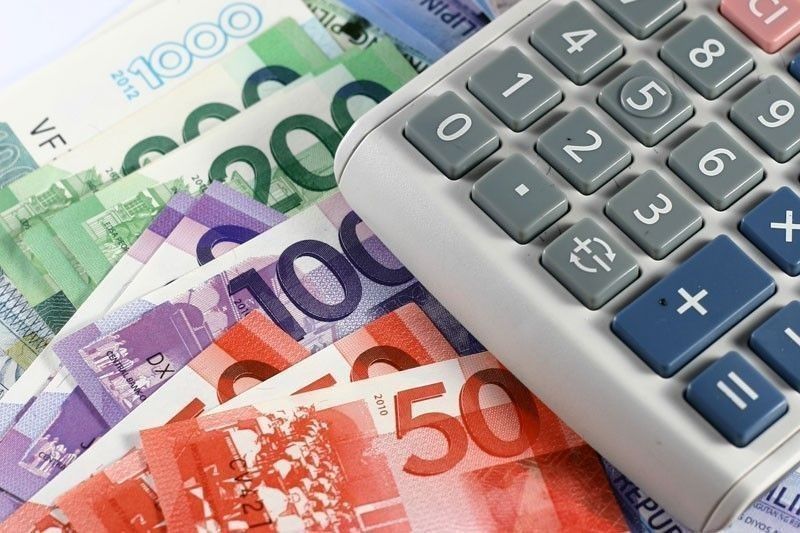Peso may weaken to 49 to $1

MANILA, Philippines — The peso may weaken and move closer to the 49 to $1 level toward the end of the year due to stronger imports as demand is expected to recover amid the easing of lockdown measures, according to Bank of the Philippine Islands lead economist Jun Neri.
“Dollar demand may pick up and the exchange rate may move closer to the 49 to $1 level. A risk to this outlook is government underspending, especially in infrastructure,” Neri said.
With businesses still struggling, Neri said the lack of fiscal support and public construction may stall the country’s economic recovery and dampen the demand for capital goods.
Latest data from the Philippine Statistics Authority (PSA) showed exports finally grew by 2.2 percent to $6.22 billion in September, while imports continued to decline, shrinking by another 16.5 percent to $7.92 billion.
From January to September, exports declined by 13.8 percent to $45.87 billion from $53.21 billion in the same period last year, while imports fell by 26 percent to $61.94 billion from $83.69 billion as the pandemic slowed global trade.
As a result, the country’s trade deficit narrowed by 47.3 percent to $16.07 billion during the nine-month period from $30.48 billion in the same period last year.
Neri said the peso could maintain its strength in the near term due to the possibility that the US Federal Reserve would keep interest rates low for a longer period and also given expectations of more US government spending.
However, Neri said a sustained rebound in imports due to the reopening of the economy could provide the fundamental basis for the peso’s return to its medium-term path.
Neri, however, said a decline in remittances amid the recession in other countries could exert additional pressure on the peso.
Michael Ricafort, chief economist at Rizal Commercial Banking Corp., sees remittances from overseas Filipino workers (OFWs) picking up during the holiday season.
“Going forward, the fourth quarter will usher in the seasonal increase in OFW remittances and conversion to pesos, with the culmination during the Christmas spending season,” Ricafort said.
Ricafort also said the upcoming fund-raising activities by some of the country’s largest companies through bond or equity/capital markets could lead to some dollar inflows/foreign investments into the country.
However, Ricafort said the strong inflows would be offset by any pick up in importation before the Christmas season as the economy further recovers from lockdown.
Ricafort said the next crucial support is at 47.90 to 48 level which serve as important gateway prior to further peso appreciation.
The peso is the best performing currency in the region, gaining 4.8 percent to close at a four-year high of 48.22 to $1 last Friday from 50.365 to $1 in end 2019. This was the strongest level for the local currency since closing at 48.19 to $1 in Oct. 24, 2016.
- Latest
- Trending
































